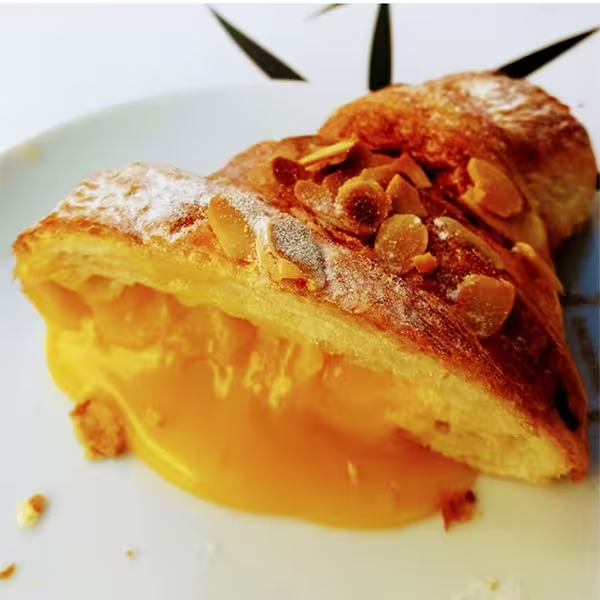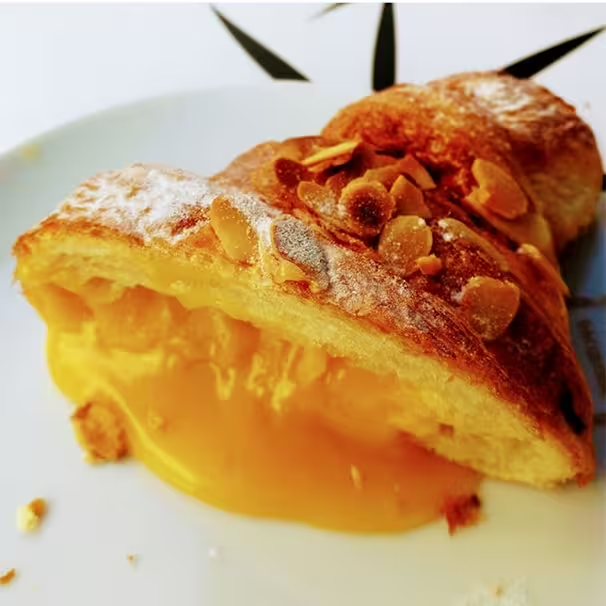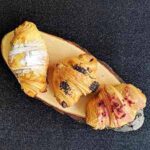

Contrary to popular belief, the famous French croissant is not of French origin, but Austrian.
Its origin is considered one of the greatest legends of all time.
Among the various known stories, the one below stands out.
In 1683, the Ottoman Empire of Turkish origin (one of the strongest Empires in the world), tried to expand its dominion by invading European lands.
But they encountered countless difficulties in entering the city of Vienna, the Austrian capital.
So, they decided to take advantage of the darkness of the night to dig some tunnels that would take them to the center of the city.
But they didn't count on the bakers of Vienna who, working at dawn, heard them and reported them.
The story goes that the bakers were offered several rewards.
But they did not accept them, except for the exclusive right to create something that would commemorate the victory over the enemy.
And so arose the small, crescent-shaped puff pastries, which they called “kipfel”.
However, it was only later, around 1770, that the croissant arrived in France, through Marie Antoinette, who became Queen upon marrying the French King Louis XIV.
Forbidden from maintaining any kind of connection to her homeland, instead of following the food tradition at court with the other diners, she chose to eat her “kipfel”, one of the few things that reminded her of her origins.Which she later renamed croissant.
Croissant, which means “crescent” in French, represents the crescent moon shape, alluding to the flag of the Ottoman Empire. Et voilà!… The Croissant was created and became part of French pastry.
In the 18th century, the croissant was simply an improved bread dough.
It was only around 1920 that Parisian bakers created what is known today as the croissant.
The French croissant dough is a leavened puff pastry, similar to that of "pains au chocolat."
It uses the same principles as regular puff pastry, except it contains baker's yeast.
The yeast-leavened puff pastry requires less butter than conventional puff pastry.
In 1968, according to Jean-Léon and Jean-Georges Kiger in France, the eight stages of croissant production were as follows, and they essentially remain the same today.
The raw materials used are flour, sugar, butter, yeast, and water;
This is the main stage of the manufacturing process and determines the consistency and texture of the dough.
It consists of forming pieces of dough from the quantity obtained, hence the purpose of the division;
Lamination involves passing the dough between two smooth cylinders that rotate in opposite directions at the same speed, with adjustable spacing.
This step leads to degassing.
In addition, there is a resting phase at 3°C, for half an hour to an hour.
After the expansion, a new rolling process follows, which consists of two more passes, and, in the end, the dough has a thickness of about 3mm;in the end, the dough has a thickness of about 3mmin the end, the dough has a thickness of about 3m;
This step gives it its final shape.
It's cut lengthwise into identical strips, then into triangles, before being rolled.
At this stage, the croissant dough undergoes only one fermentation process.
The rising takes place for 3 hours at 25°C.
Under the development of yeasts, the gas pressure increases and the alveoli grow.
Each croissant triples in volume;
Baking is done at 180°C. The steam produced during baking will separate the different layers of puff pastry.
Therefore, after baking, it has a brittle and crispy texture.

The main characteristic of the croissant – and also its secret – lies in the dough.
For example, this semi-laminated dough has less fat, fewer folds, and baker's yeast.
Above all, the folds are responsible for separating the dough and the layers of fat, which provide the croissant's “lamination.”
A good croissant should have an appealing appearance, a crescent moon shape, a crispy crust, and a beautiful golden color.
The tips should be detached from the middle, the crumb airy, and it should display the right consistency.
Over time, it has become a culinary icon in bakeries around the world.
For example, the croissant can be made with different fillings and is easily found in both sweet and savory versions.
In other words, it's a French icon, and it's virtually impossible to visit France and not try a croissant.

In conclusion, just like bread, the croissant is ideally baked in an oven, which enhances its crispness and constitutes the true mark of quality, “know-how”, and the artisan's craft.
Similarly, there are about fifty parameters to master in order to make a good croissant, including the quality of the flour, yeast, and butter used, the dough's fermentation time, the method of incorporating the butter, the shaping, the oven temperature, and the baking process.
Today, the low profitability of this product, the lack of time and skilled labor, lead some bakers and pastry chefs to replace butter with margarine and to make croissants with frozen dough.
Therefore, it is estimated that more than 80% of croissants and pastries purchased in traditional bakeries are frozen industrial products.
However, that's not the case at Pâtisserie Dacquoise.
Discover some examples from our Fine Pastry collection